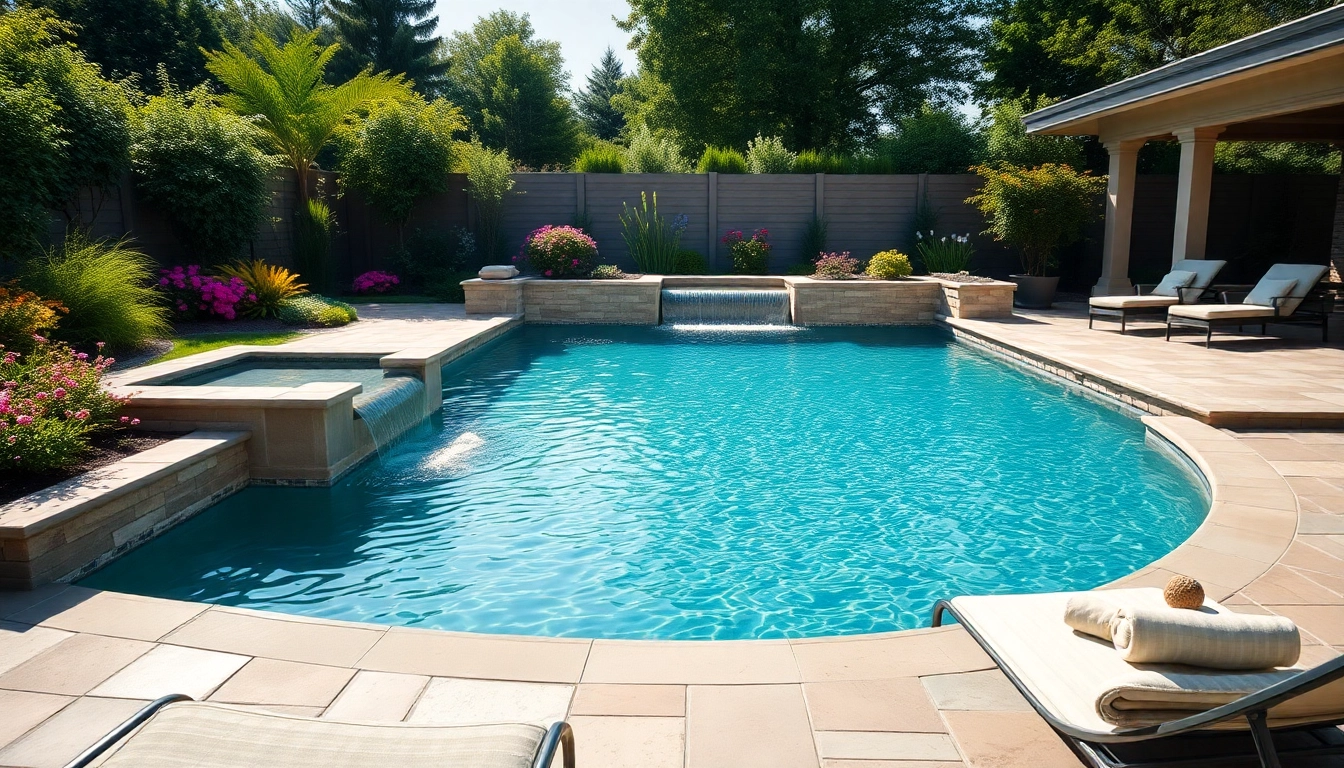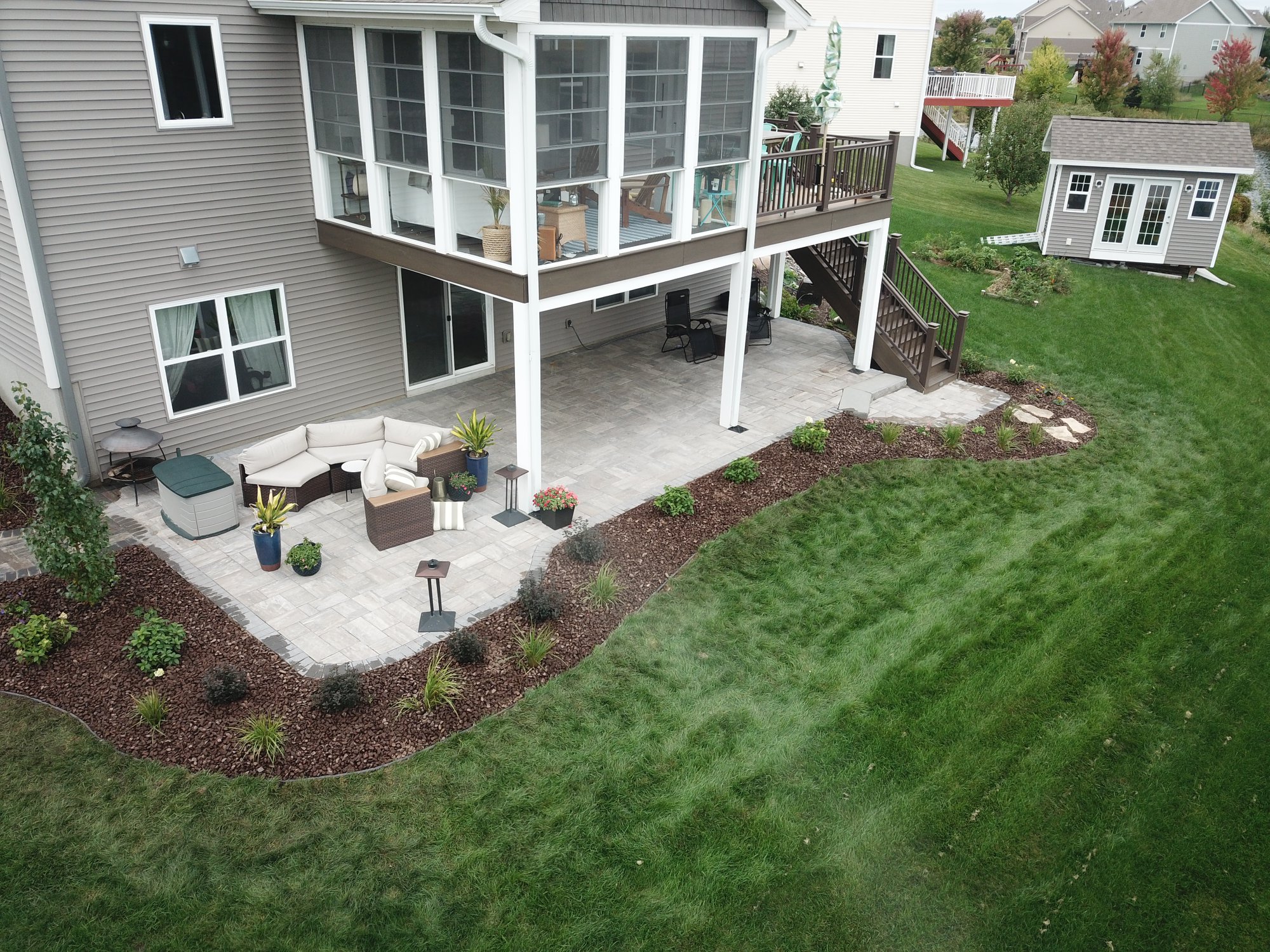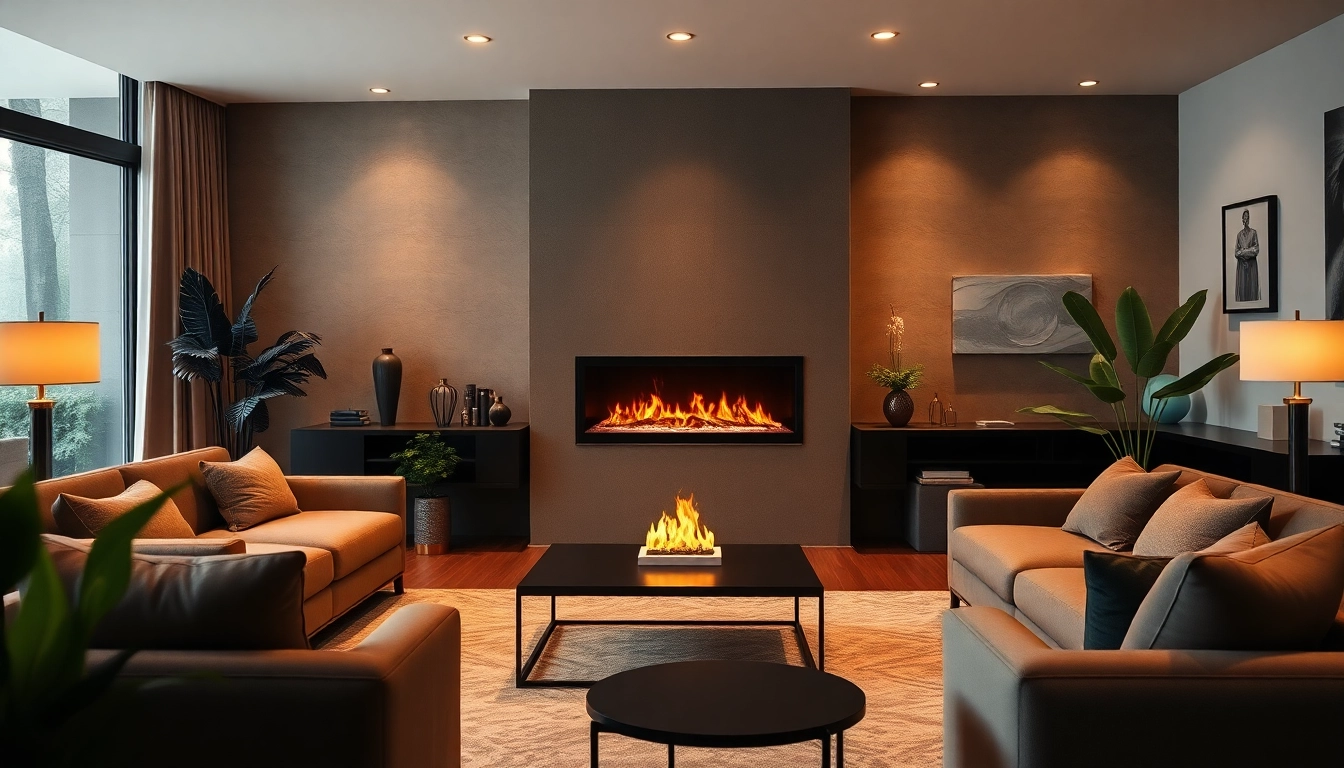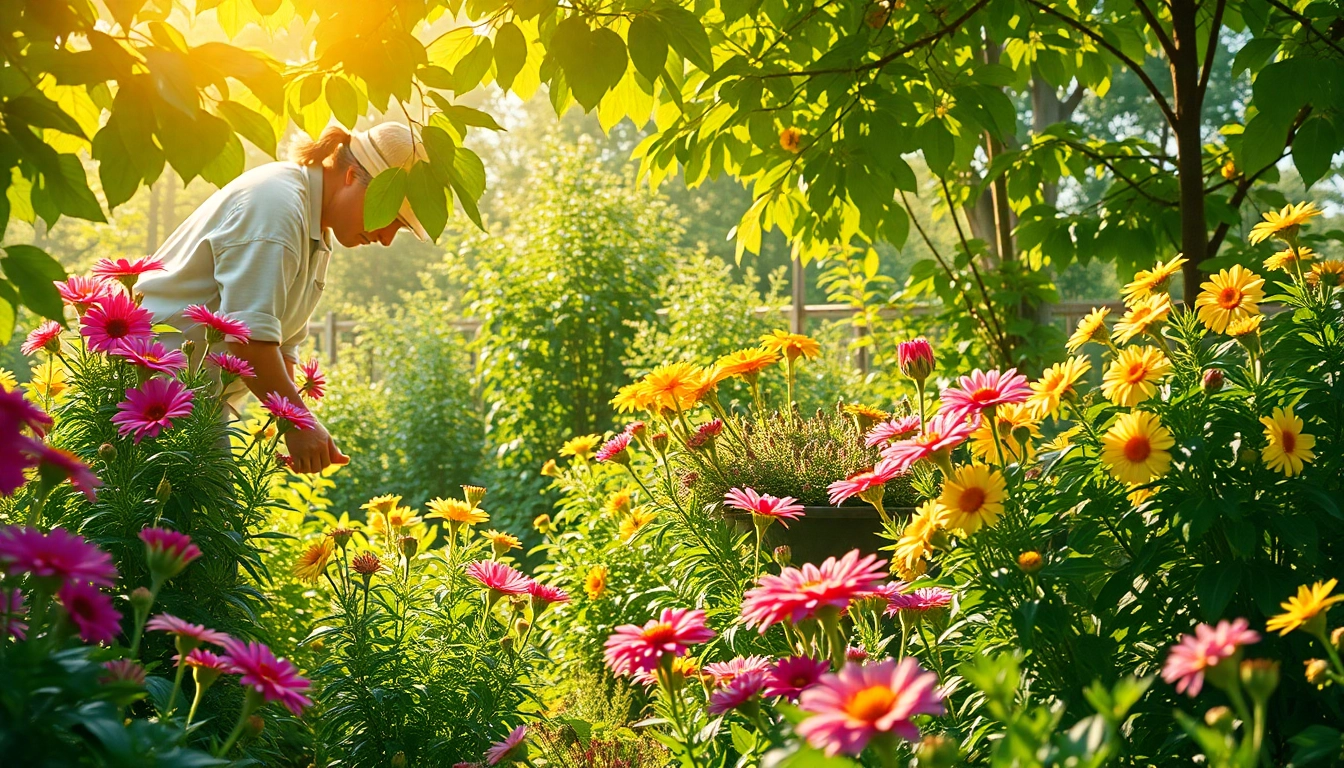Understanding the Basics of Pool Construction
When considering to build your own pool, it’s essential to understand the fundamental aspects of pool construction. Creating a swimming pool is a long-term investment that can enhance your home’s value and your quality of life. Proper planning, understanding materials, and navigating regulations are vital steps toward realizing your dream pool.
The Importance of Planning Your Dream Pool
The first step in building a pool is meticulous planning. This involves not only designing the layout and features of the pool itself but also aligning those elements with your lifestyle needs and preferences. Considerations should include the pool’s purpose (whether for relaxation, exercise, or entertainment), the expected number of users, and any additional amenities like hot tubs or slides. Additionally, extensive research into local regulations can prevent costly mistakes or delays. Effective planning sets the foundation for a successful pool project.
Choosing the Right Location for Your Pool
Location plays a crucial role in pool construction. You should select a spot that not only meets aesthetic desires but also offers practical advantages. Consider proximity to the house for easy access, optimal sun exposure for warmth, and protection from wind. Additionally, assess the terrain and slope of your yard. Level ground is ideal, but if the land is uneven, substantial excavation may be required, which can increase costs. Also, ensure that your chosen site is far enough from trees to minimize debris and provide adequate clearance from structures for safety and compliance with local regulations.
Key Materials Needed to Build Your Own Pool
Having the right materials is paramount to creating a durable and attractive pool. The primary choices include:
- Pool Shell Material: Common options are concrete, fiberglass, and vinyl. Concrete provides flexibility in design but has a longer installation time. Fiberglass pools are pre-fabricated and quick to install, while vinyl-lined pools are less costly but need more maintenance over time.
- Decking: Materials such as concrete, pavers, or natural stone are popular for pool decking. They add aesthetic appeal while offering durability and safety.
- Filtration and Pump Systems: Investing in high-quality filtration systems is crucial for maintenance and essential for clean, clear water.
- Plumbing and Electrical Components: Ensure you source durable pipes and wiring complies with local codes to avoid future issues.
Design Ideas for Your Custom Pool
Once you’ve nailed down the basics, it’s time to explore design ideas that add character and functionality to your pool area. The design is where your personal taste can shine, transforming the pool into a focal point of your outdoor space.
Popular Pool Shapes and Sizes to Consider
Pool shapes come in endless varieties, but some popular choices can help maximize enjoyment and aesthetic appeal:
- Rectangular Pools: These are ideal for swimming laps and provide a traditional look that can blend into any landscape.
- Freeform Pools: These organic shapes integrate nicely into natural landscapes, mimicking lagoons or ponds, offering unique designs.
- Infinity Pools: Often seen in luxury settings, infinity pools create the illusion of water merging with the horizon, offering a breathtaking view.
Size is another essential factor; consider the space available and how many people will regularly use the pool to determine appropriate dimensions.
Incorporating Landscaping into Your Pool Design
Landscaping can significantly augment your pool’s visual appeal by creating a cohesive outdoor environment. Incorporate lush plant life, decorative rocks, or even dedicated lounging areas. Design elements like waterfalls, fountains, and lighting can enhance the ambiance during nighttime. Ideally, the landscape should complement the pool style while providing privacy and functional outdoor living spaces, such as dining or sunbathing areas.
Step-by-Step Guide to Building Your Own Pool
Building your own pool is a significant, rewarding project that requires careful implementation of various steps to ensure success. Below is a detailed guide to aid in your pool-building endeavor.
Permits and Regulations to Know
One of the first steps when embarking on your pool construction journey is understanding the legal and regulatory framework. Most locales require a permit for pool construction. Regulations typically cover aspects such as pool depth, fencing requirements, and compliance with local codes. Researching these requirements early—and applying for necessary permits—can save you from costly fines or mandated alterations later on.
Your Budget: Estimating Costs and Expenses
Creating a budget is essential for any construction project. When estimating costs for your pool build, consider factors such as:
- Pool materials and size
- Landscaping and decking
- Permits and inspections
- Utility connections (water, electricity)
- Long-term maintenance costs
Consulting with professionals can provide you with a more accurate budget estimate, as costs can vary based on location and material choices.
Hiring Professionals vs. DIY Approach: Pros and Cons
Deciding whether to hire professionals or tackle a DIY approach can greatly impact the overall quality of your project. While hiring professionals such as contractors may entail higher upfront costs, their experience can circumvent mistakes that might lead to additional expenses.
Conversely, a DIY approach may save you money but requires significant time and effort and a learning curve. It’s crucial to assess your skill level and the scope of the project before making this decision. If you lack experience or time, hiring a professional team could save both headache and cost in the long run.
Common Challenges When Building a Pool
Every construction project comes with challenges. Being aware of potential pitfalls can help you prepare for and navigate them more effectively.
Addressing Soil and Slope Issues
Soil composition plays a huge role in pool construction. Some soil types, particularly clay, may retain water, leading to shifting or settling once the pool is installed, while sandy soils may require additional stabilizing methods. Furthermore, if your yard is sloped, considerable excavation and retaining walls may be necessary. An evaluation by a qualified professional can help you devise a plan to tackle these challenges properly.
Managing Weather Challenges During Construction
Weather can greatly affect the progress of your pool project. Rain may delay excavation, and winter weather may require halting work altogether. Plan your construction timeline with seasonal weather patterns in mind. It’s often wise to start during a season with predictable conditions, and having a contingency plan for delays can keep your project on track.
Working Around Existing Structures and Utilities
Existing structures, trees, or underground utilities can complicate the pool-building process. Before breaking ground, a thorough site survey should be conducted to identify potential obstacles. If utilities are found in the planned digging area, work with your local utility provider to relocate them safely, preventing costly interruptions to your construction schedule.
Maintaining Your DIY Pool After Construction
Congratulations! Your pool is built. However, the work doesn’t stop once the last tile is laid. Ongoing maintenance ensures that your pool remains an enjoyable asset for years to come.
Essential Maintenance Tips to Keep Your Pool Sparkling
Regular upkeep is vital to maintaining the cleanliness and functionality of your pool. Here are some essential maintenance tips:
- Skimming and Vacuuming: Regularly skim the surface and vacuum the floor to remove debris, leaves, and dirt.
- Water Chemistry: Test and balance your water chemistry weekly, ensuring that pH levels and chlorine are in the recommended ranges.
- Chlorinator Maintenance: If using a saltwater chlorinator, clean the cell regularly to ensure efficient operation.
Winterizing Your Pool: Step-by-Step Process
Preparing your pool for winter is crucial for ensuring longevity and minimizing potential damages caused by freezing temperatures. Here’s a basic winterizing checklist:
- Lower water levels and drain all lines to prevent freezing
- Add winter chemicals to prevent algae growth
- Cover your pool with a durable winter cover
Following a detailed winterizing process will ensure that your pool remains in pristine condition come spring.
Upgrading Your Pool: Adding Features Over Time
As your lifestyle changes or trends evolve, you may want to enhance your pool area. Adding features like lighting, heating systems, or water slides can elevate the enjoyment of your pool. Consider starting with essential upgrades that improve functionality or aesthetic appeal, and plan future additions as budget allows.



